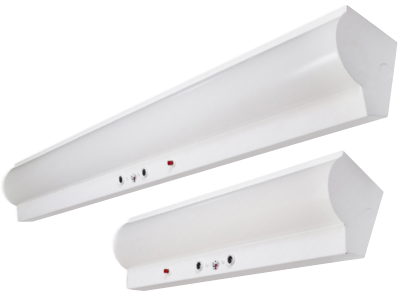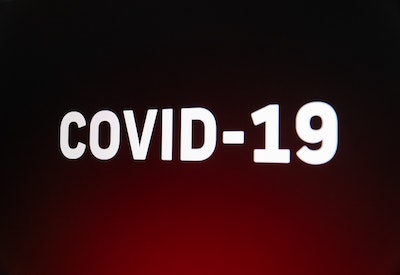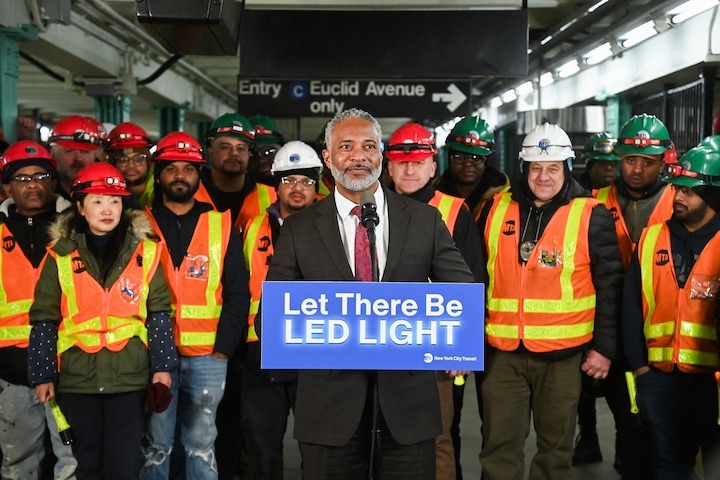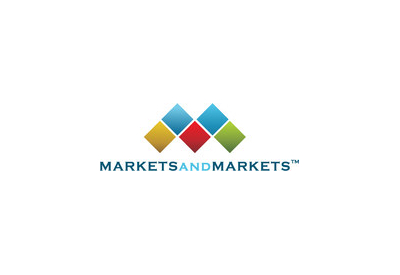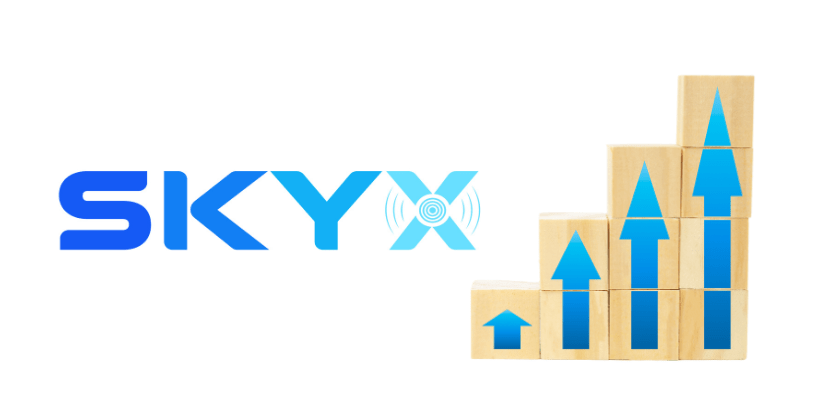DLC: A Performance Test to Help Ensure Incentives

January 12, 2021
By Dr. Hans Laschefski, industry marketing manager, UL’s Lighting division
If you intend to sell your lighting products in North America, please note that many U.S. utilities rely on the DesignLights Consortium (DLC) Qualified Product List (QPL) to provide utility rebates to end customers of professional applications.
The DLC is a nonprofit organization that partners with utilities and energy efficiency program members, manufacturers, lighting designers, and federal, state and local entities to establish specifications and educate the industry. You will find a summary of the incentive programs in the resources menu of www.DesignLights.org. Such programs are available for energy-efficient solid-state (LED) lighting solutions, horticultural luminaires and networked lighting control (NLC) systems (a combination of sensors, network interfaces and controllers that effect lighting changes in luminaires, retrofit kits or lamps).
Within the solid-state lighting program, you will find various requirements leading either to a DLC premium or standard listing of the product. For the premium listing, the luminaire must meet higher efficacy and lumen maintenance requirements and must also provide a driver in-situ and information about integral controls. The driver needs to be designed to last at least 50,000 hours based on case temperature measurements and manufacturer documentation. The idea behind this is obvious and useful. The product on the QPL should satisfy both the expectation of the customer buying the LED products and shouldn’t fail in a short amount of time due to electronical problems.
The DLC QPL requirements for all three product categories are regularly updated. For the NLC systems, the DLC released Version 5 (NLC5) on June 23, 2020. It incorporates cybersecurity testing requirements and leads to a delisting of only NLC4 approved systems without a cybersecurity test from the QPL after Feb. 28, 2022. The DLC cybersecurity requirements are in line with our expectations for UL´s IoT Security Rating. UL’s IoT rating determines the cybersecurity level of a product and offers the manufacturer an opportunity to prove their attentiveness to cybersecurity aspects for their IoT connected luminaires and systems. At the same time, with the full IoT rating service, you have an option for UL Marketing Claim Verification — at a Bronze, Silver, Gold, Platinum or Diamond levels — to distinguish your cybersecure product from the competition. This program is called UL Verify, and more information is available HERE.
At our recognized laboratories we can provide independent, third-party testing that is key to eligibility and required for manufacturers to apply for DLC performance and quality recognition. In Europe, the tests can be performed in our UL lighting laboratory in Carugate, Italy. For cybersecurity testing, a UL-laboratory in Frankfurt, Germany, is available.




